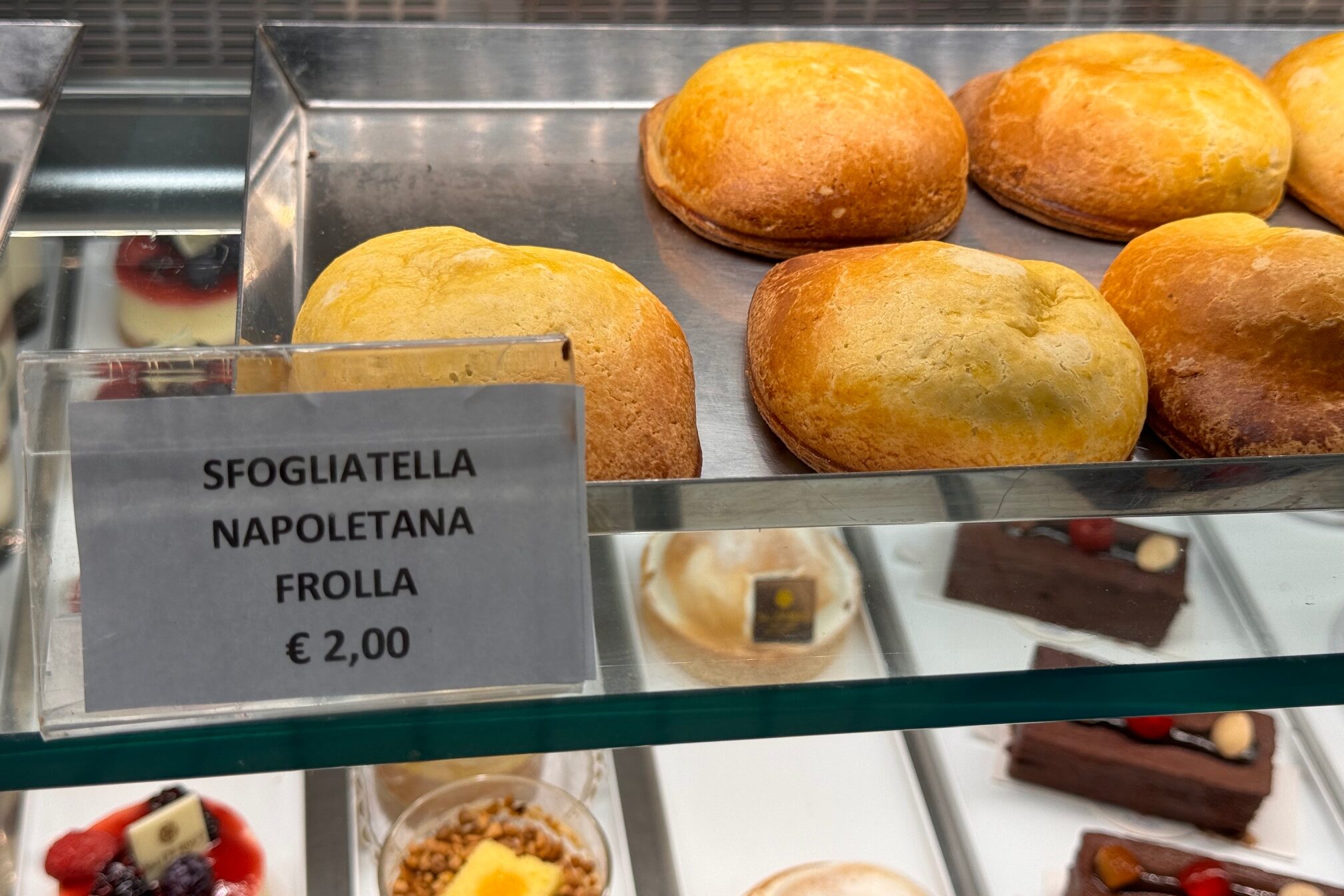The underbelly of the National Football League (NFL) has been unveiled once again. This time it is not about post concussion syndrome or even an arrest of a player but an alleged bullying case that some speculate occurred in a locker-room for more than a year. The incident reached its apex a few weeks ago, when Miami Dolphins offensive tackle Jonathan Martin quit the team because of “emotional distress” that he allegedly experienced by another Dolphin player, Richard Dominick Incognito.
As the allegation continues to gyre around various media outlets, many fans have expressed their opinions about this polarizing case, through conversation or twits, near water coolers, playgrounds, dinner tables, and no doubt locker-rooms. Was this a joke gone awry or is this just part of the politically incorrect locker-room culture that has existed throughout the history of sports?
Why is this even a news story and worthy of our time especially since we are constantly reminded vis-à-vis our twenty-four hour sports coverage, that these overpaid athletes are not infallible. Furthermore, as fans (or even those not interested) the men’s locker-room culture in professional or amateur sports is typical of cussing, sexual references, racial epithets, practical jokes and an occasional play fighting session that sometimes leads to a real fistfight because of high testosterone levels.
Richie Incognito’s alleged behavior toward Jonathan Martin included using “threatening language”, tossing the N-word around very casually in the locker-room, cafeteria and using the degrading word on text and voice messages. Since then the Miami Dolphins have suspended Incognito indefinitely for “detrimental conduct” while the offensive player has subsequently filed a grievance against the Dolphins organization, claiming through a collective bargaining agreement, the franchise cannot suspend him for more than four games.
Incognito’s alleged behavior should be no surprise to anyone. Name calling, trash talking, racial and ethnic slurs, hazing and/or bullying in locker-rooms, cafeterias, stadiums or arenas, is part of the sports culture. As a consequence, it was a known fact that within the baseball locker-room, New York Yankees center fielder Joe DiMaggio, and one of the greatest players ever to play the game, was referred to by his teammates as the Big Dago. Here was this iconic figure that David Halberstam, once wrote in his book titled, The Summer of ’49, “… could catch fly balls the way Keats wrote poetry or Beethoven wrote sonatas was more than just a popular marvel” and yet he was known within the locker-room as Big Dago and not by his popular sobriquet Joltin’ Joe or The Yankee Clipper.
In addition, the Yankees’ shortstop and fellow Italian American teammate, Phil Rizzuto was referred to as Little Dago, even though he was commonly known as The Scooter. These disparaging monikers of two baseball greats can be construed unequivocally as ethnic slurs in today’s world. The culture of sports in essence, is a representation, a microcosm of society, which we may not agree with but defines the general public.
Sports columnists Mike Bauman, indicated that Lawrence Baldassaro (professor emeritus of Italian at the University of Wisconsin-Milwaukee) suggests in his book Beyond DiMaggio: Italian Americans in Baseball, “the Italian-American experience in baseball mirrored the general experience of Italian-Americans in society. And in a larger way, the playing population of Major League baseball over time mirrored the American experience of ethnic succession….” Italian Americans as many other ethnic, racial and religious groups were targeted in other sports but most Italian Americans at the time of the 1940s and 1950s, chose baseball or boxing as their sport or way of getting out of their poor socioeconomic backgrounds.
Louis LaMorte, an amateur boxer, who frequented Cus D’Amato’s Gramercy Gym (sometimes spelled Gramacy) in Manhattan, is eighty-one years old and reminisced about his days as a young aspiring boxer in the 1950s. He described the type of locker-room, gym mentality and said, “In those days I always heard boxers in the gym refer to each other by their racial or ethnic nicknames, and we had no problem identifying with these names unless it was someone we did not like or used the word to disrespect us.” He paused and then said, “I also had Italian American boxing friends who did get into fistfights if someone they did not know real well, called them wop, dago or guinea—- it all depended on the relationship and how it was being used.”
The octogenarian depicted the gym as “relaxed” and some fighters would respond to these racial or ethnic epithets almost as a term of endearment while admitting it depended a great deal on the relationship. For this reason, there does appear to be a fine line within the locker-room culture when distinguishing between simple banter and blatant prejudice among athletes. As a result it is difficult to know the relationship that Richie Incognito had with Jonathan Martin.
Nonetheless, our actions and treatment toward one another is sometimes relative to the era that we are living in and now the paradigm is gradually shifted to a more sensitive society that must be careful with its actions and choice of words. Everyday there are more and more cases in schools, the workplace and through certain social media sites, that is leading to criminal charges against those indicted for bullying, cyberbullying, sexual and verbal harassment, gender and racial discrimination.
We have entered a new era where we will be held accountable for what we say and write, even if it occurs in a locker-room. The Jonathan Martin and Richie Incognito case therefore, may set a precedent in changing locker-room behavior but to what extent will it really curtail the behavior of athletes toward one another, depends a great deal on how bad society wants to work at changing the status quo.





























